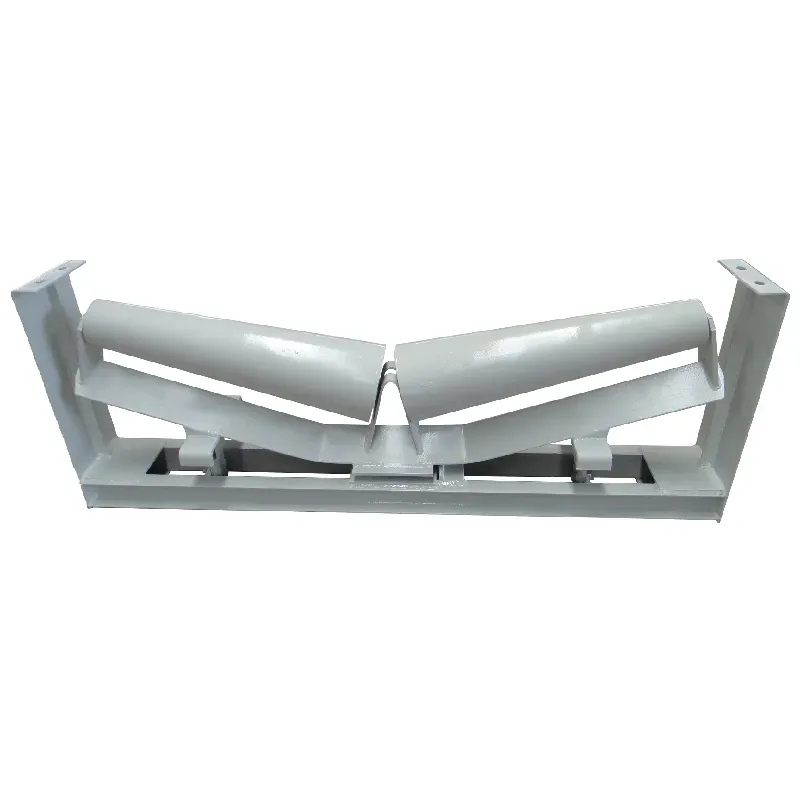 Afrikaans
Afrikaans  Albanian
Albanian  Amharic
Amharic  Arabic
Arabic  Armenian
Armenian  Azerbaijani
Azerbaijani  Basque
Basque  Belarusian
Belarusian  Bengali
Bengali  Bosnian
Bosnian  Bulgarian
Bulgarian  Catalan
Catalan  Cebuano
Cebuano  Corsican
Corsican  Croatian
Croatian  Czech
Czech  Danish
Danish  Dutch
Dutch  English
English  Esperanto
Esperanto  Estonian
Estonian  Finnish
Finnish  French
French  Frisian
Frisian  Galician
Galician  Georgian
Georgian  German
German  Greek
Greek  Gujarati
Gujarati  Haitian Creole
Haitian Creole  hausa
hausa  hawaiian
hawaiian  Hebrew
Hebrew  Hindi
Hindi  Miao
Miao  Hungarian
Hungarian  Icelandic
Icelandic  igbo
igbo  Indonesian
Indonesian  irish
irish  Italian
Italian  Japanese
Japanese  Javanese
Javanese  Kannada
Kannada  kazakh
kazakh  Khmer
Khmer  Rwandese
Rwandese  Korean
Korean  Kurdish
Kurdish  Kyrgyz
Kyrgyz  Lao
Lao  Latin
Latin  Latvian
Latvian  Lithuanian
Lithuanian  Luxembourgish
Luxembourgish  Macedonian
Macedonian  Malgashi
Malgashi  Malay
Malay  Malayalam
Malayalam  Maltese
Maltese  Maori
Maori  Marathi
Marathi  Mongolian
Mongolian  Myanmar
Myanmar  Nepali
Nepali  Norwegian
Norwegian  Norwegian
Norwegian  Occitan
Occitan  Pashto
Pashto  Persian
Persian  Polish
Polish  Portuguese
Portuguese  Punjabi
Punjabi  Romanian
Romanian  Russian
Russian  Samoan
Samoan  Scottish Gaelic
Scottish Gaelic  Serbian
Serbian  Sesotho
Sesotho  Shona
Shona  Sindhi
Sindhi  Sinhala
Sinhala  Slovak
Slovak  Slovenian
Slovenian  Somali
Somali  Spanish
Spanish  Sundanese
Sundanese  Swahili
Swahili  Swedish
Swedish  Tagalog
Tagalog  Tajik
Tajik  Tamil
Tamil  Tatar
Tatar  Telugu
Telugu  Thai
Thai  Turkish
Turkish  Turkmen
Turkmen  Ukrainian
Ukrainian  Urdu
Urdu  Uighur
Uighur  Uzbek
Uzbek  Vietnamese
Vietnamese  Welsh
Welsh  Bantu
Bantu  Yiddish
Yiddish  Yoruba
Yoruba  Zulu
Zulu Design and Functionality of Idler Bearing Housing in Mechanical Systems
Understanding Idler Bearing Housing Functions, Design, and Maintenance
In the world of machinery and mechanical systems, idler bearings play a crucial role in ensuring the smooth operation of various components. An idler bearing housing is an essential part of this system, providing a stable platform for the idler bearings and facilitating their proper functioning. In this article, we will explore the significance of idler bearing housings, their design considerations, and essential maintenance practices.
What is an Idler Bearing Housing?
An idler bearing housing is a protective and supportive enclosure designed to house idler bearings within machinery or equipment. Idler bearings are used in systems where a belt, chain, or other flexible element needs to be guided or supported without imparting any traction or drive force themselves. Common applications include conveyors, automotive belt systems, and various industrial equipment.
The idler bearing housing ensures that the bearings are securely held in place while allowing for smooth rotation. It aids in reducing friction and wear, therefore prolonging the lifespan of both the bearings and the machinery as a whole.
Functions of an Idler Bearing Housing
1. Support and Stability The primary function of an idler bearing housing is to provide support and stability to the idler bearings. This is crucial for ensuring that the bearings maintain proper alignment and function effectively.
2. Protection The housing acts as a protective shell that shields the bearings from dirt, dust, moisture, and other contaminants that could lead to premature wear or failure. This protection is particularly important in harsh operating environments such as manufacturing plants or outdoor settings.
3. Noise and Vibration Dampening An adequately designed bearing housing can also help dampen vibrations and reduce noise levels produced by the idler bearings. This is beneficial for the overall operational efficiency and comfort level of equipment users.
4. Ease of Maintenance Idler bearing housings are often designed to allow for easy access to the bearings, making maintenance and replacement more straightforward. This is essential for minimizing downtime and operational disruptions.
Design Considerations
When designing an idler bearing housing, several factors must be taken into account to ensure optimal performance
idler bearing housing

1. Material Selection The choice of material for the housing is critical. It must be robust enough to withstand the operational stresses while also being resistant to environmental factors. Common materials include cast iron, aluminum, and various types of plastics.
2. Size and Compatibility The housing must be sized appropriately for the specific application and must be compatible with the idler bearings being used. It should cater to factors like load capacity and speed requirements.
3. Heat Dissipation In applications where high speeds or heavy loads are involved, it is essential to design the housing in a way that allows for effective heat dissipation. Overheating can lead to a significant reduction in bearing life and efficiency.
4. Sealing Mechanisms Incorporating effective sealing mechanisms is vital for protecting the bearings from contaminants. This includes the use of gaskets, seals, or shields that can block out unwanted particles while allowing for potential lubrication access.
Maintenance Practices
Regular maintenance of idler bearing housings is crucial for ensuring long-term performance and reliability. Here are some essential practices
1. Inspection Regularly inspect the housing for signs of wear, damage, or misalignment. Checking for proper lubrication and any unusual noises during operation is also critical.
2. Cleaning Keep the housing clean and free from debris. This prevents contaminants from entering the bearings, which can cause damage over time.
3. Lubrication Ensure that the bearings receive adequate lubrication according to the manufacturer’s recommendations. Proper lubrication minimizes friction and heat buildup, prolonging bearing life.
4. Alignment Checks Regularly verify the alignment of the idler bearings within the housing. Misalignment can lead to increased wear and potential failure.
In conclusion, idler bearing housings are vital components in various mechanical systems. By understanding their functions, design considerations, and maintenance practices, we can ensure optimal performance and longevity for the machinery they support. With proper care and attention, idler bearing housings will continue to contribute to the efficiency and reliability of industrial operations for years to come.
-
Revolutionizing Conveyor Reliability with Advanced Rubber Lagging PulleysNewsJul.22,2025
-
Powering Precision and Durability with Expert Manufacturers of Conveyor ComponentsNewsJul.22,2025
-
Optimizing Conveyor Systems with Advanced Conveyor AccessoriesNewsJul.22,2025
-
Maximize Conveyor Efficiency with Quality Conveyor Idler PulleysNewsJul.22,2025
-
Future-Proof Your Conveyor System with High-Performance Polyurethane RollerNewsJul.22,2025
-
Driving Efficiency Forward with Quality Idlers and RollersNewsJul.22,2025





























